Looking for a quick reference to pepper heat levels? This guide provides a detailed comparison of Scoville units, flavor profiles, and best cooking uses for 10 popular peppers—including the world's hottest pepper, the Carolina Reaper. Whether you're a beginner or a seasoned chef, find the perfect pepper for your dish.
| Pepper Name | Heat Level (Scoville Units) | Flavor Profile | Common Uses |
|---|---|---|---|
| Bell Pepper | 0–100 | Sweet, crisp | Salads, roasting, grilling |
| Poblano | 1,000–1,500 | Mild, earthy | Stuffed peppers, soups |
| Jalapeño | 2,500–8,000 | Mild, slightly sweet | Salads, salsas, tacos |
| Serrano | 10,000–25,000 | Sharp, tangy | Salsas, grilled dishes |
| Cayenne | 30,000–50,000 | Spicy, sharp | Hot sauces, seasoning |
| Tabasco | 30,000–50,000 | Acidic, tangy | Condiments, dressings |
| Habanero | 100,000–350,000 | Fruity, citrusy | Hot sauces, marinades |
| Thai Chili | 50,000–100,000 | Sharp, citrusy | Curries, stir-fries |
| Chipotle | 2,500–8,000 | Smoky, rich | Stews, dips, tacos |
| Ghost Pepper | 850,000–1,047,000 | Smoky, earthy | Spicy sauces, challenges |
| Carolina Reaper | 1,400,000–2,200,000 | Fiery, fruity, sweet | Extreme heat sauces, challenges |
Scoville units data sourced from the Chile Pepper Institute.
Why Pepper Names Matter
Knowing the right pepper name can make a huge difference in your cooking. It helps you identify the heat level, flavor, and best use cases for each type of pepper. For example, a bell pepper is sweet and mild, while a Carolina Reaper is extremely hot and used sparingly. Understanding these distinctions ensures that your dishes turn out exactly as intended—whether you want a little kick or a fiery explosion of flavor.
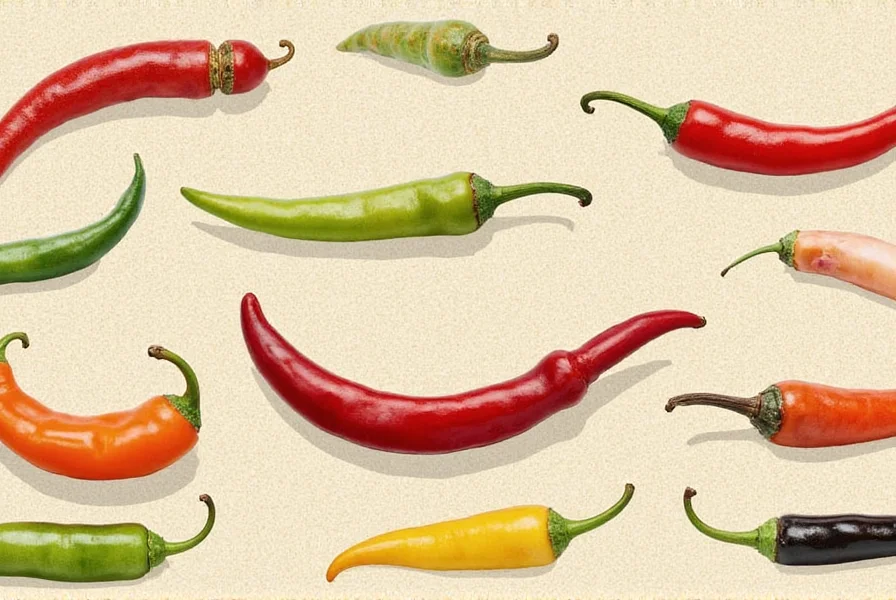
Pepper names also play a role in cultural and historical contexts. Many peppers have been around for centuries, and their names often reflect their origin or the people who first cultivated them. So next time you reach for a chili, you might be tasting a piece of history.
A List of Popular Pepper Names
Here's a fun and informative list of some of the most popular pepper names, along with a brief description of each:
- Jalapeño – Medium heat, commonly used in Mexican cuisine.
- Habanero – Very hot, known for its fruity flavor.
- Ghost Pepper – Extremely hot, often used in spicy sauces.
- Serrano – Hotter than jalapeños, used in salsas and tacos.
- Cayenne – Used in many cuisines, especially in hot sauces.
- Chipotle – Smoked jalapeño, adds depth and smokiness.
- Tabasco – Famous for its iconic hot sauce.
- Poblano – Mild to medium heat, often stuffed with cheese or meat.
- Bell Pepper – Sweet and crunchy, great for roasting or salads.
- Thai Chili – Small but very hot, common in Thai and Southeast Asian dishes.
- Carolina Reaper – Currently the world's hottest pepper, used for extreme heat challenges.
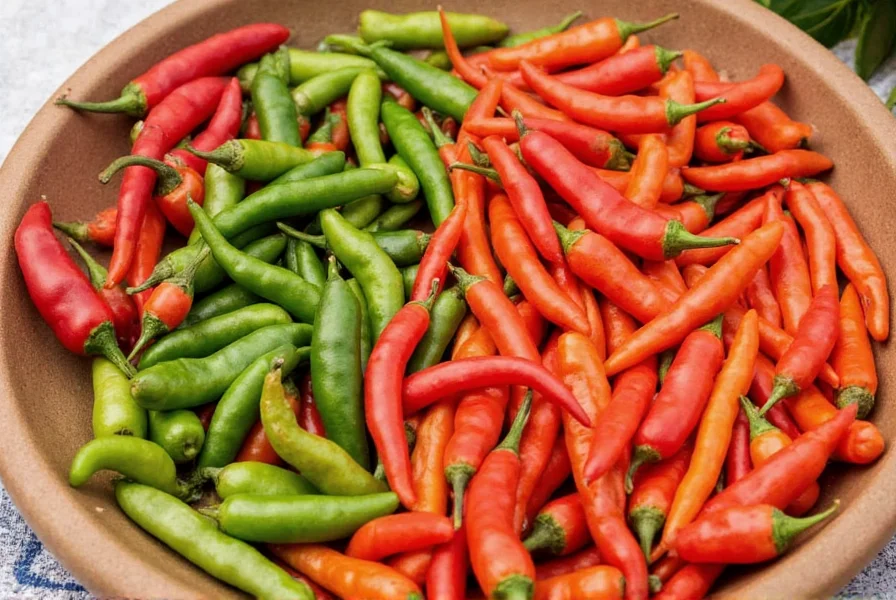
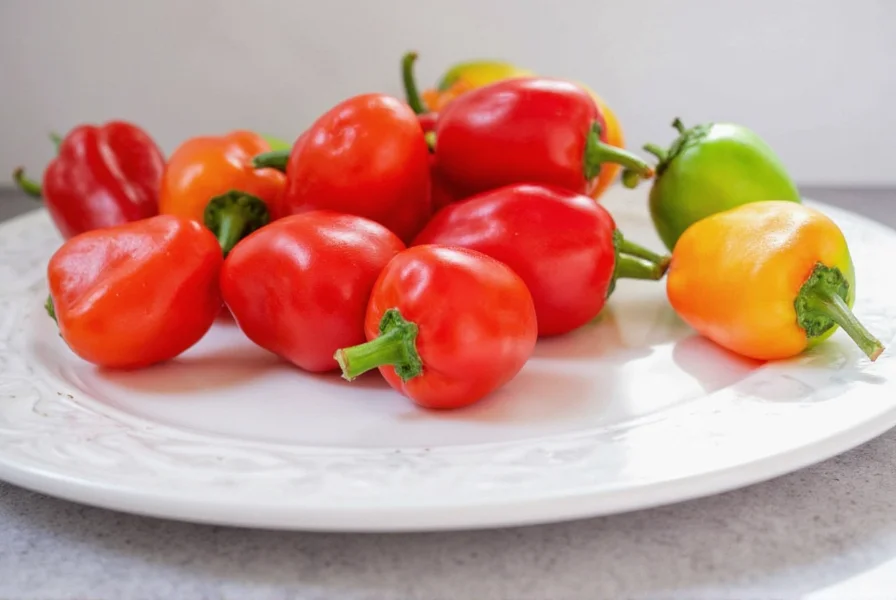
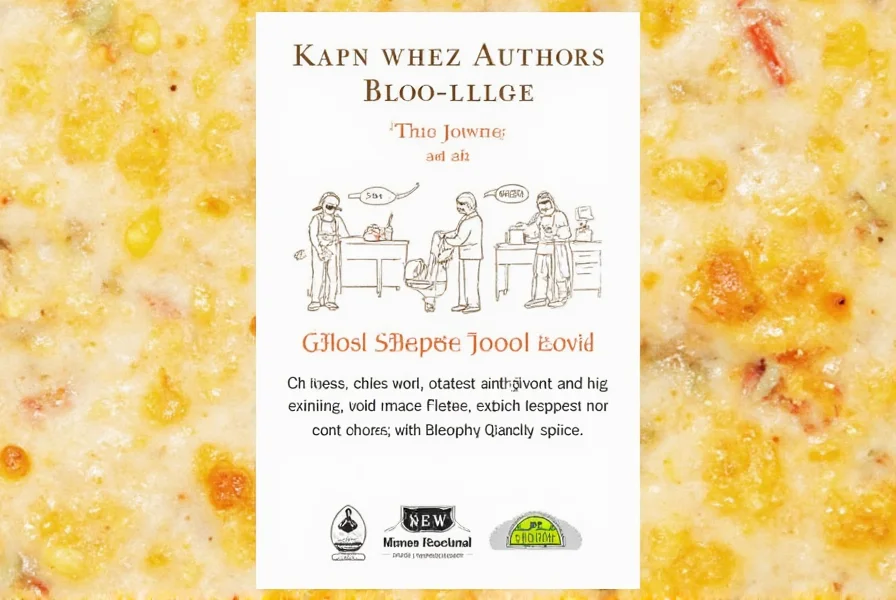
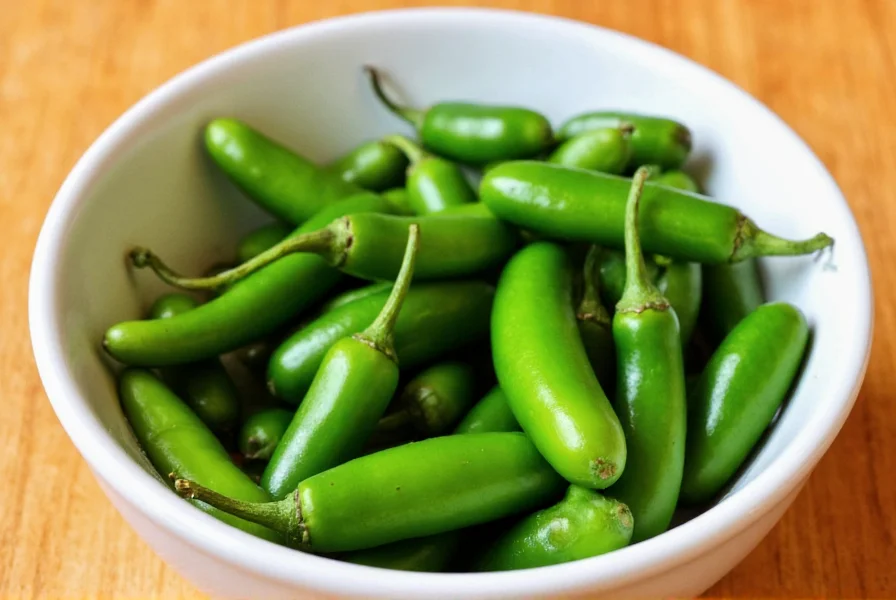
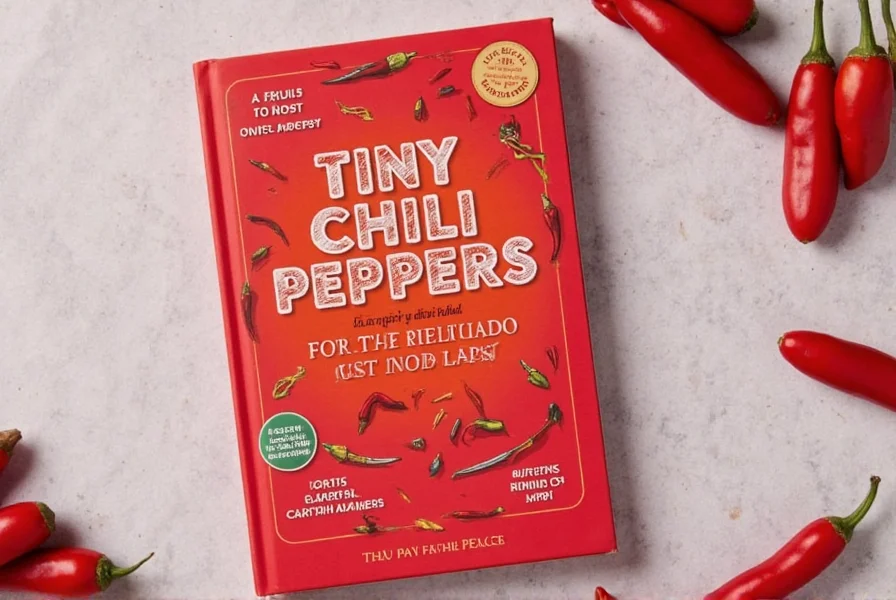
Buying Guide: How to Choose the Right Pepper
Choosing the right pepper depends on what you're trying to achieve in your dish. Here are some tips to help you pick the perfect one:
- For a mild kick: Go with a poblano or a bell pepper.
- For a spicy twist: Try a jalapeño or a serrano.
- For a fiery challenge: Opt for a habanero or a ghost pepper.
- For smoky depth: Chipotle or smoked paprika are your friends.
- For a tangy finish: Tabasco or cayenne can add the perfect punch.
When buying fresh peppers, look for ones that are firm, shiny, and free from blemishes. Dried peppers should be brittle and not moldy. If you're unsure about the heat level, start with a small amount and adjust to taste.
If you're shopping online, there are plenty of options available. Some top picks include:
- California Wonder Bell Pepper – Perfect for roasting and stuffing.
- Chiltepin Pepper – One of the hottest wild peppers, ideal for making hot sauces.
- Carolina Reaper – Currently the hottest pepper in the world, great for extreme heat lovers.
- Guajillo Pepper – Mild to medium heat, used in traditional Mexican recipes.
- Ancho Pepper – Dried poblano, with a deep, smoky flavor.
Each of these peppers has unique characteristics that make them suitable for different uses. Whether you're looking for a subtle background note or an intense burst of heat, there's a pepper name for every occasion.
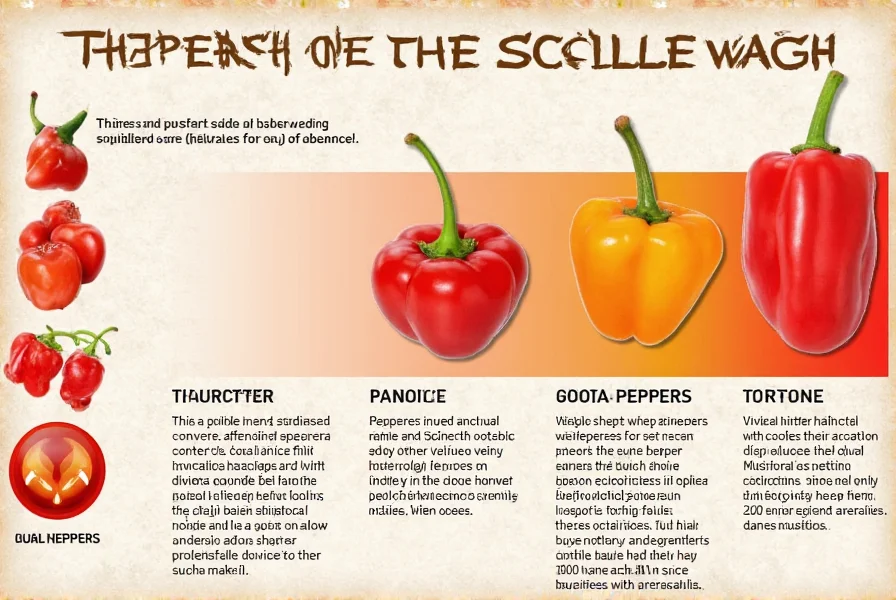
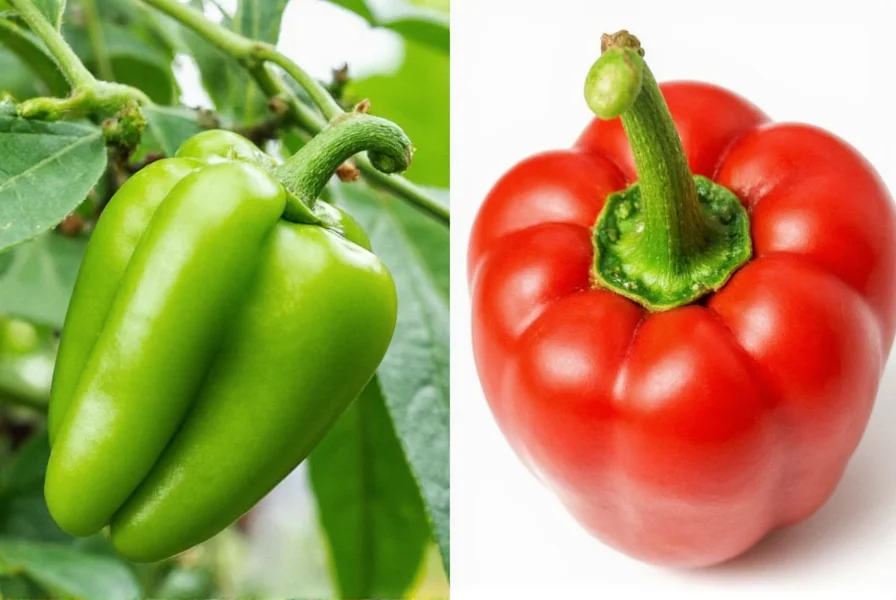
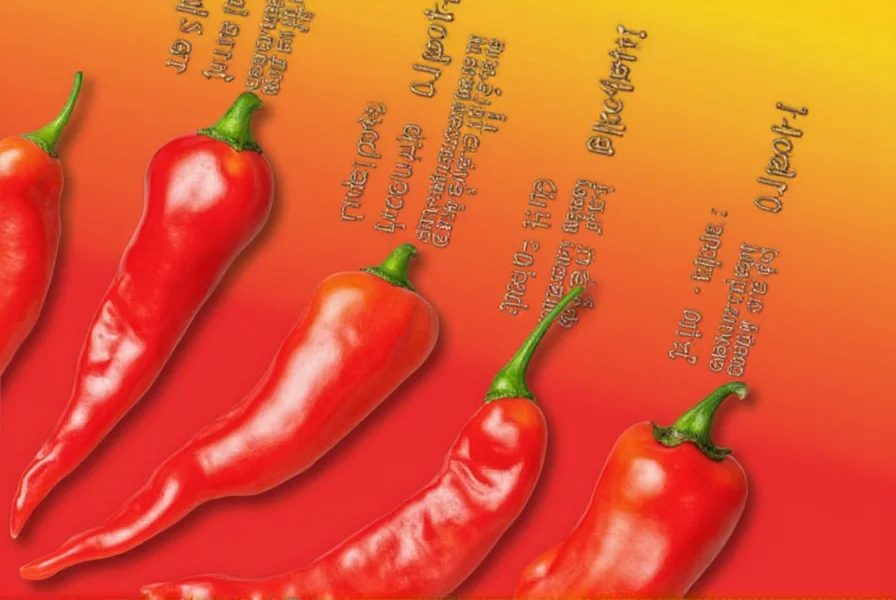
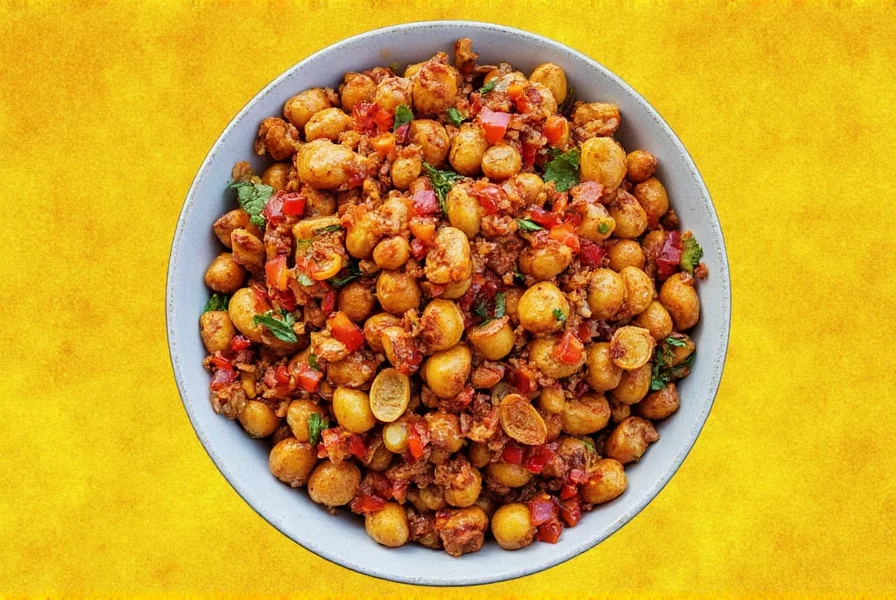
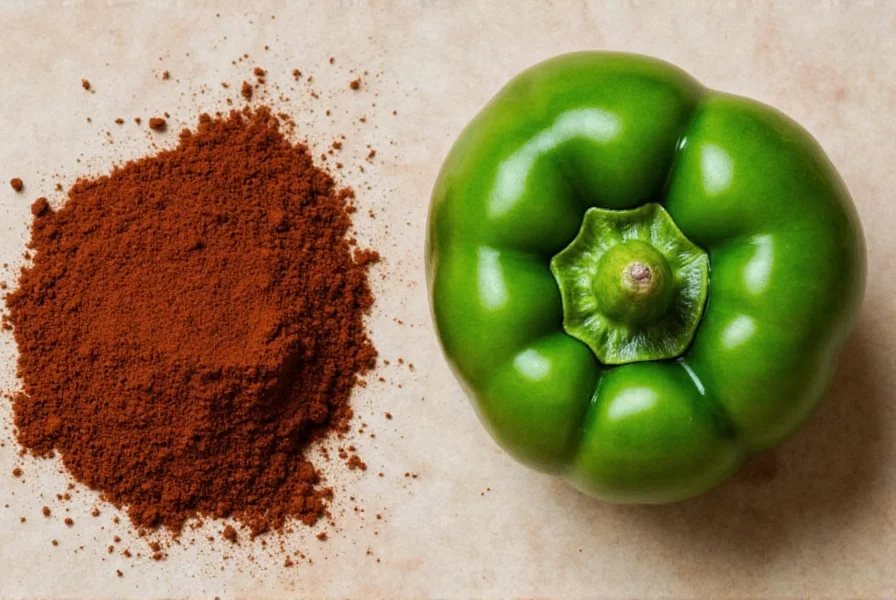
Frequently Asked Questions About Pepper Names
What are the most common pepper names used in everyday cooking?
The most commonly used peppers in everyday cooking include jalapeños, bell peppers, serranos, and cayenne peppers. Jalapeños are popular in Mexican cuisine for salsas and toppings, bell peppers add sweetness to salads and stir-fries, serranos provide extra heat in smaller quantities than jalapeños, and cayenne is widely used in powder form for seasoning and hot sauces.
What is the mildest pepper name I can use if I don't like spice?
Bell peppers are the mildest option with zero to minimal heat (0-100 Scoville units). Poblanos are another mild option (1,000-1,500 Scoville units) that offer a subtle earthy flavor without overwhelming heat. These are perfect for those who want pepper flavor without the burn.
What is the hottest pepper name I should be aware of?
The Carolina Reaper currently holds the title as the world's hottest pepper (1,400,000-2,200,000 Scoville units). Among commonly available peppers, habaneros (100,000-350,000 Scoville units) and ghost peppers (850,000-1,047,000 Scoville units) are also extremely hot but more widely used in cooking.
How do I know which pepper to use in my cooking?
Choose peppers based on the heat level and flavor profile you want. For mild dishes, use bell peppers or poblanos. For medium heat with flavor, try jalapeños or serranos. For intense heat, habaneros work well. Consider the flavor notes too—habaneros have fruity notes while chipotles offer smokiness. Always start with less than you think you need, as you can add more heat but can't remove it once added.
Why do some peppers have the same name but taste different?
Pepper names can vary by region, growing conditions, and cultivation methods. For example, a "chili pepper" might refer to different varieties depending on where you are. Additionally, the same pepper variety can taste different based on soil, climate, and ripeness. The term "Thai chili" might refer to several similar but distinct varieties in different parts of Thailand.
What does "Scoville units" mean when referring to pepper heat?
Scoville units measure the concentration of capsaicin, the compound that makes peppers hot. The Scoville scale ranges from 0 (bell peppers) to over 2 million (Carolina Reaper). Originally determined by human testers diluting pepper extract until the heat was no longer detectable, modern measurements use high-performance liquid chromatography for accuracy.
Are all peppers with "chili" in their name extremely hot?
No, not all peppers with "chili" in their name are extremely hot. The term "chili" (or "chile") simply refers to peppers in the Capsicum family. Bell peppers are technically chili peppers but have no heat. Ancho peppers are dried poblanos with mild heat. The heat level varies significantly across different chili varieties.
What's the difference between a jalapeño and a serrano pepper?
Jalapeños (2,500-8,000 Scoville units) are larger, milder, and slightly sweeter than serranos (10,000-25,000 Scoville units). Serranos are smaller, thinner, and significantly hotter. Both are green when unripe and turn red when mature, but serranos maintain their heat better when cooked. Serranos are often used in raw salsas where more heat is desired.
Conclusion
Understanding pepper names is more than just a fun fact—it's a key to unlocking the full potential of your cooking. From the mild sweetness of a bell pepper to the blazing heat of a Carolina Reaper, each name tells a story of flavor, culture, and tradition. Whether you're a professional chef or a home cook, knowing the right pepper for the right dish can elevate your meals to new heights.
So next time you reach for a pepper, take a moment to think about its name and what it brings to the table. You might just discover a new favorite ingredient—or a whole new way to enjoy your food.

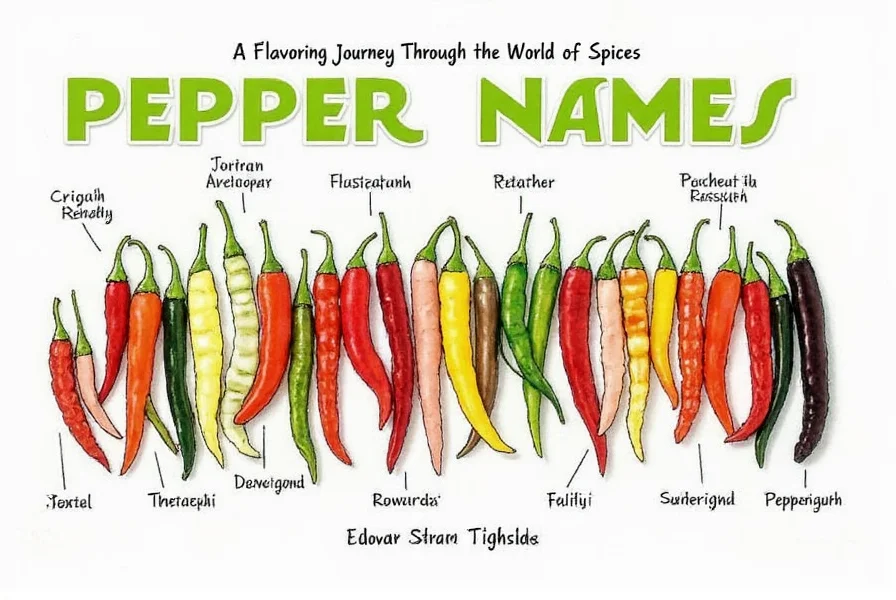









 浙公网安备
33010002000092号
浙公网安备
33010002000092号 浙B2-20120091-4
浙B2-20120091-4